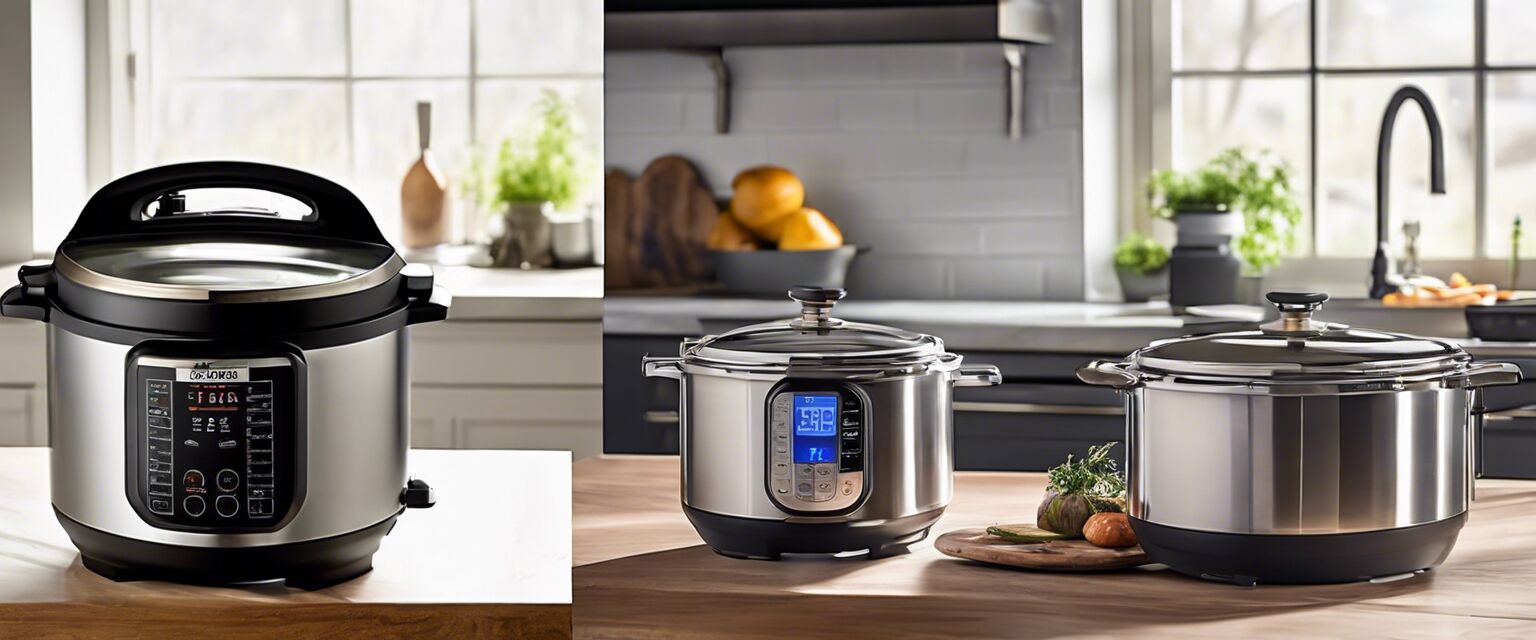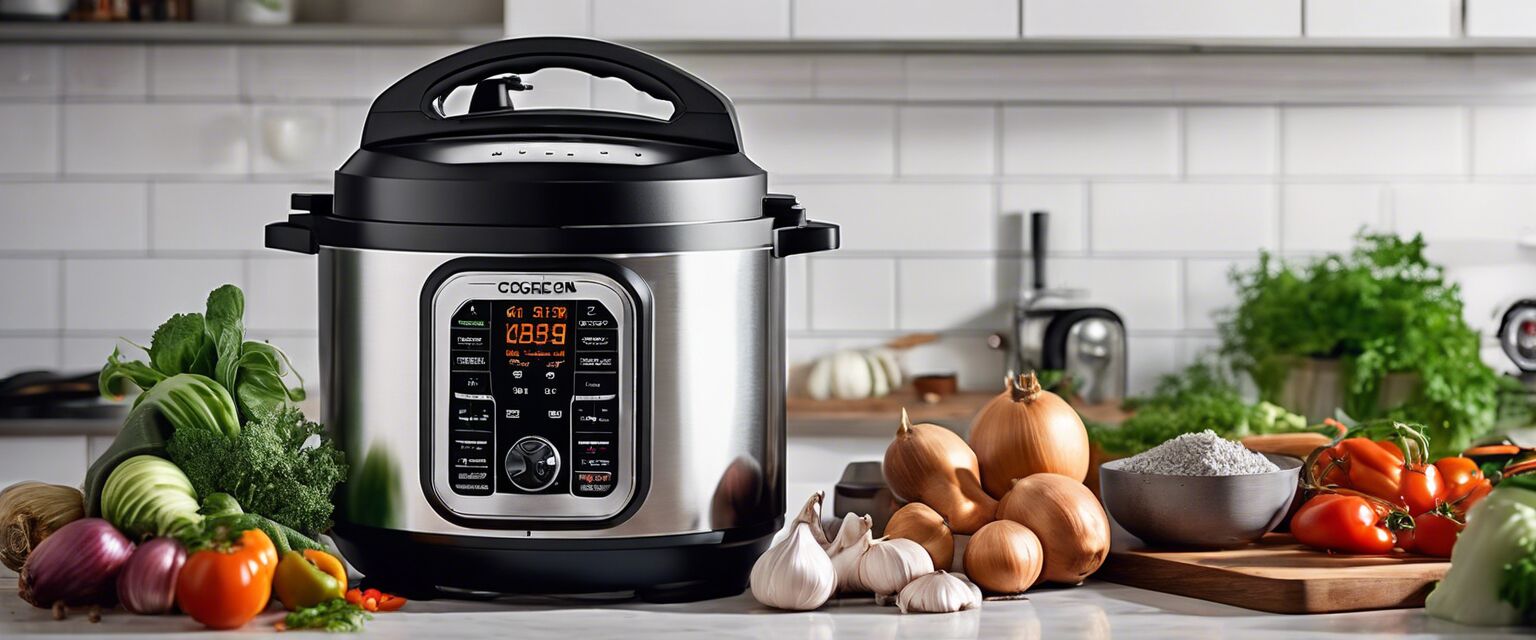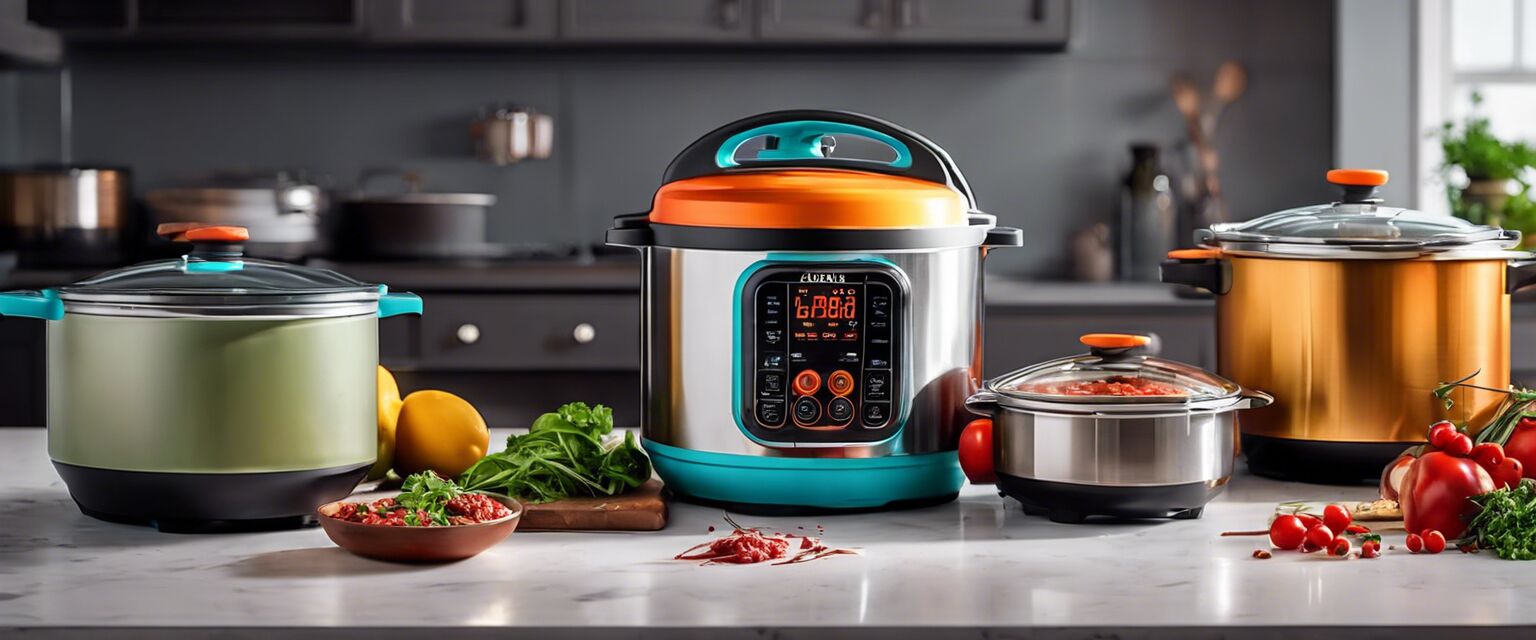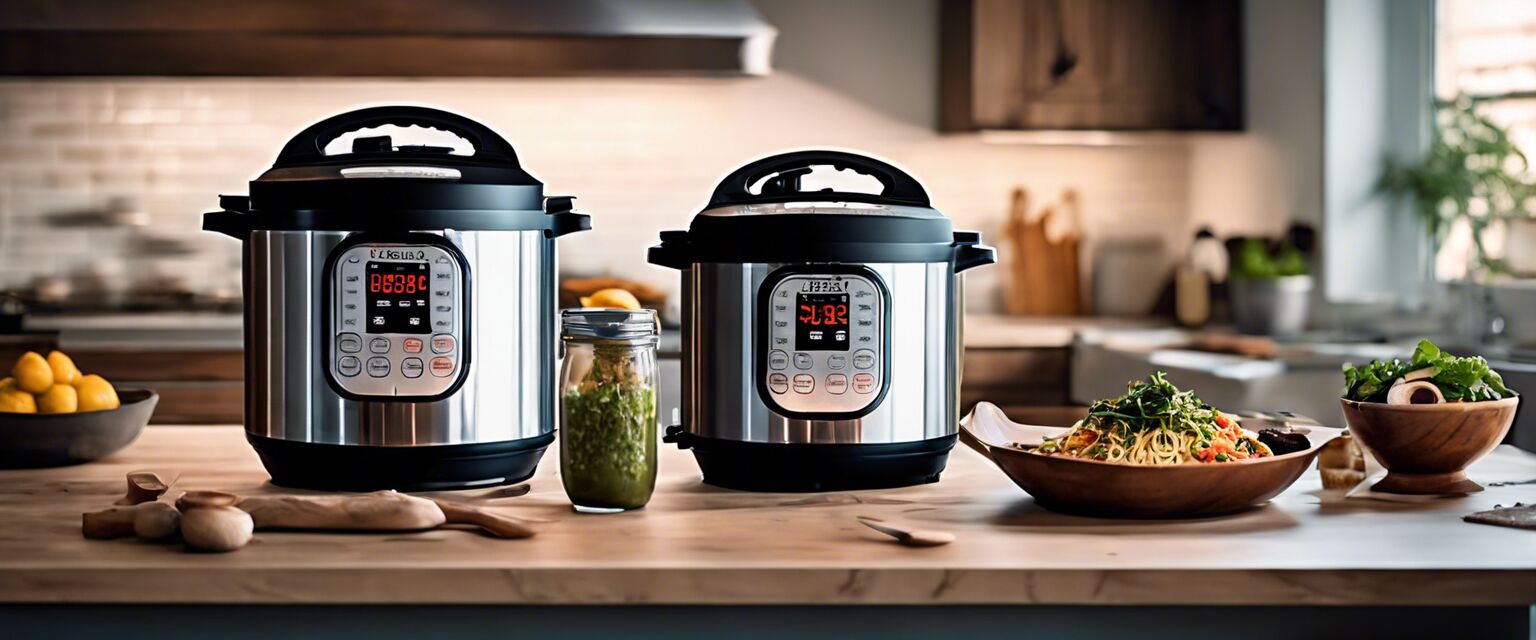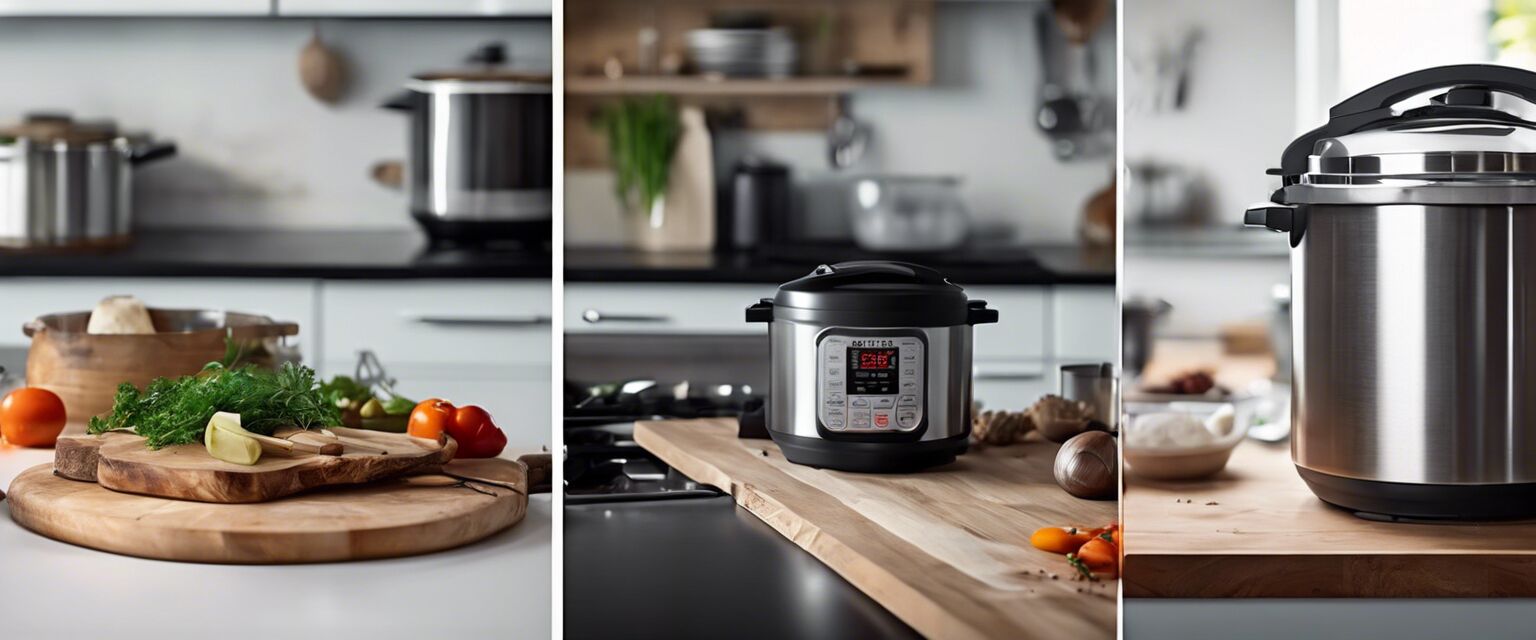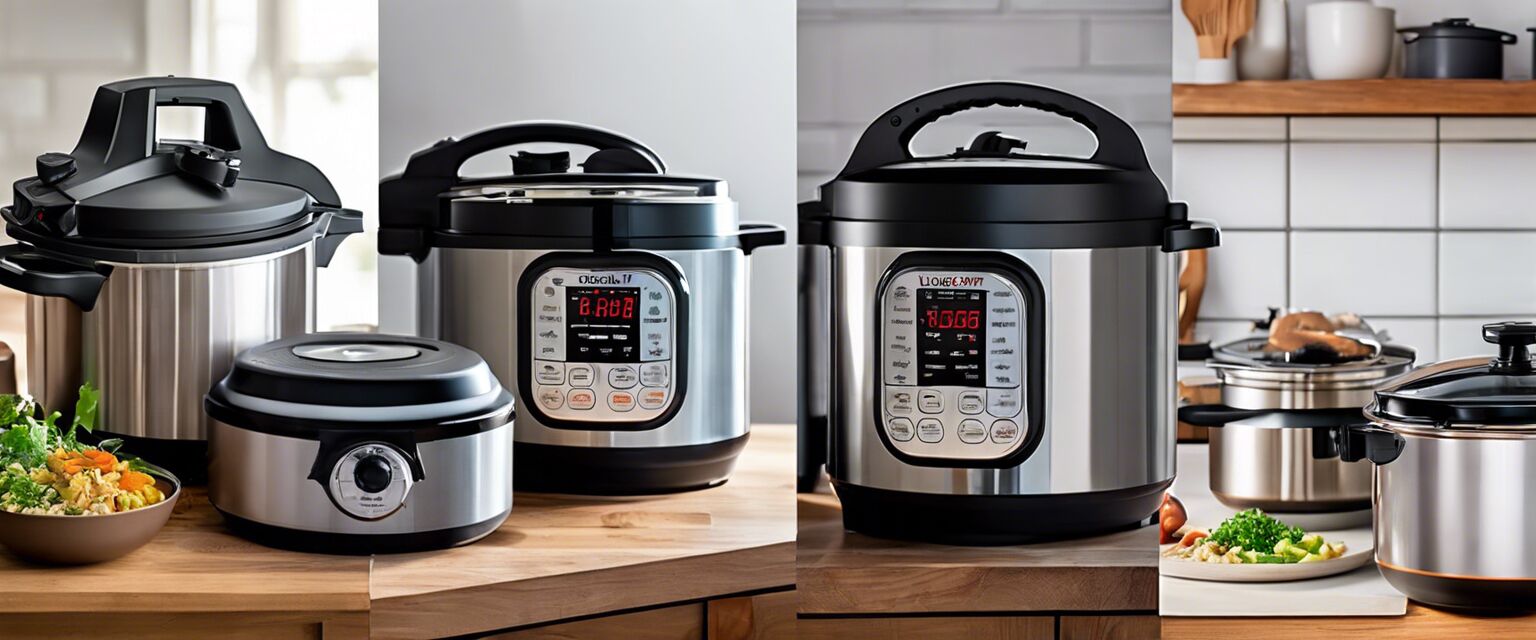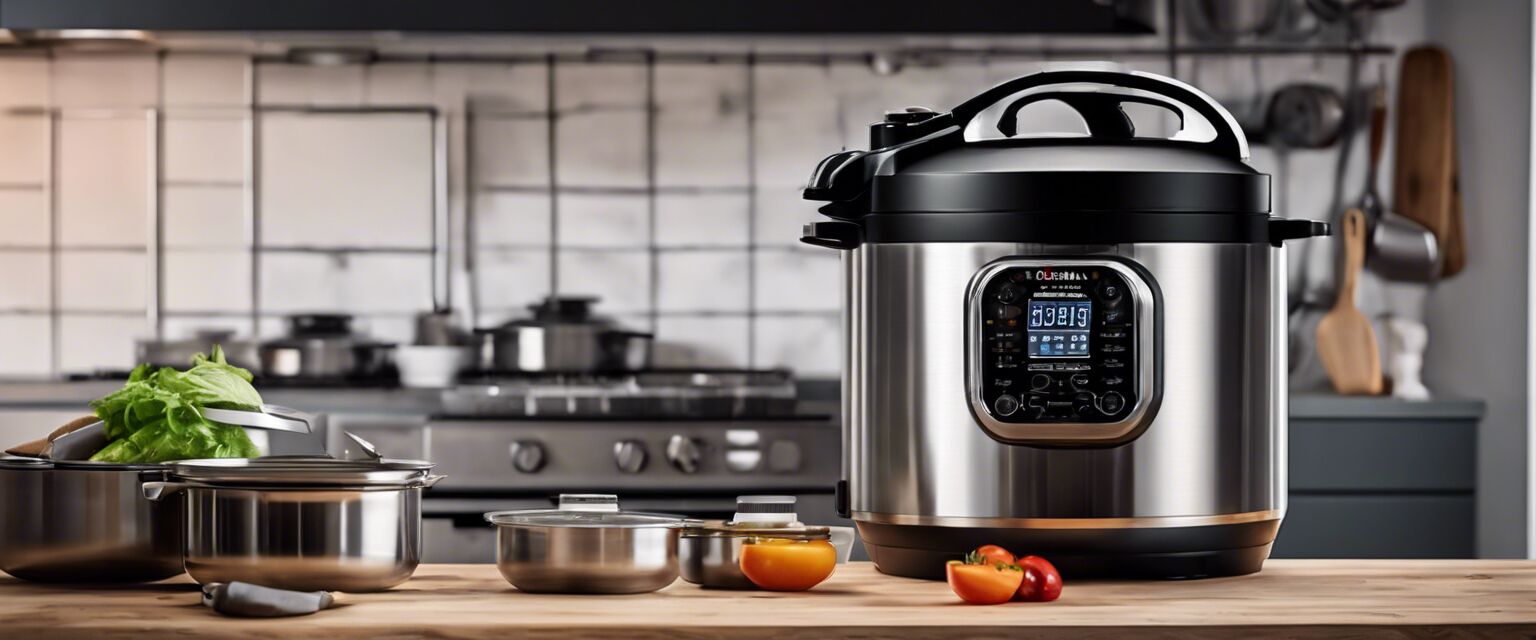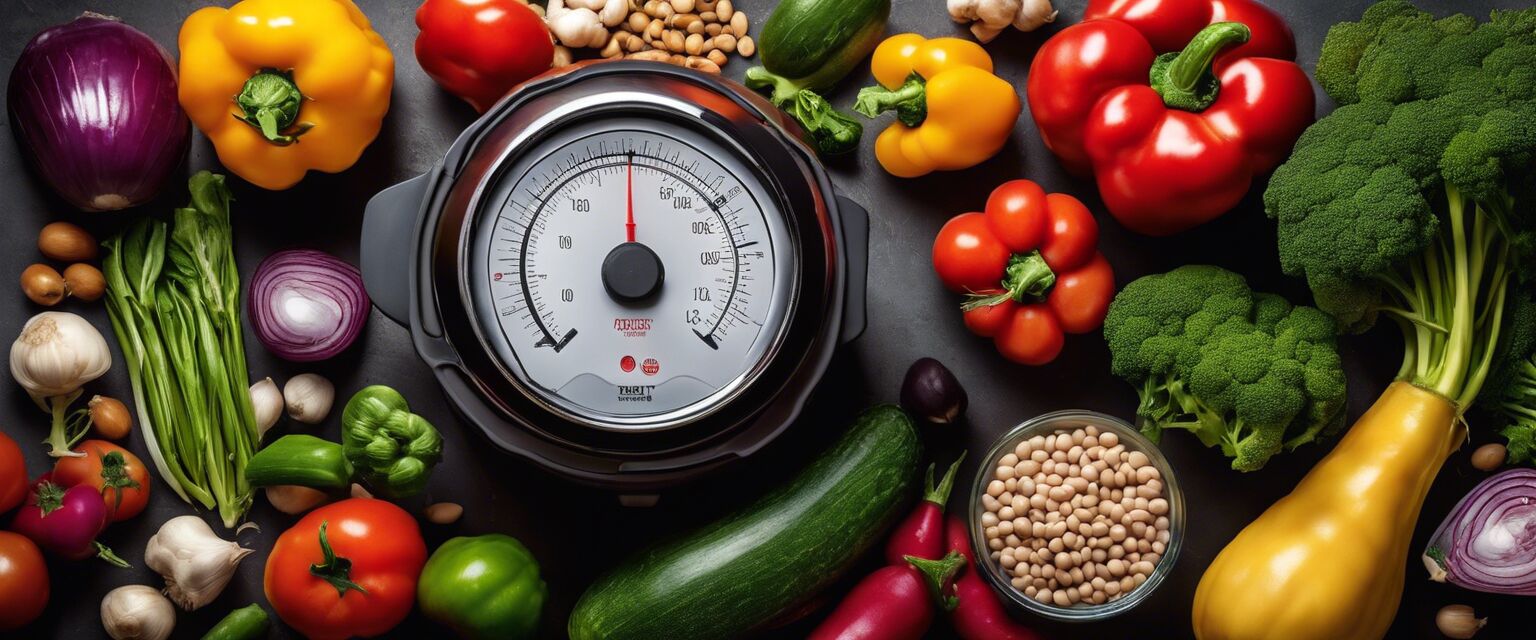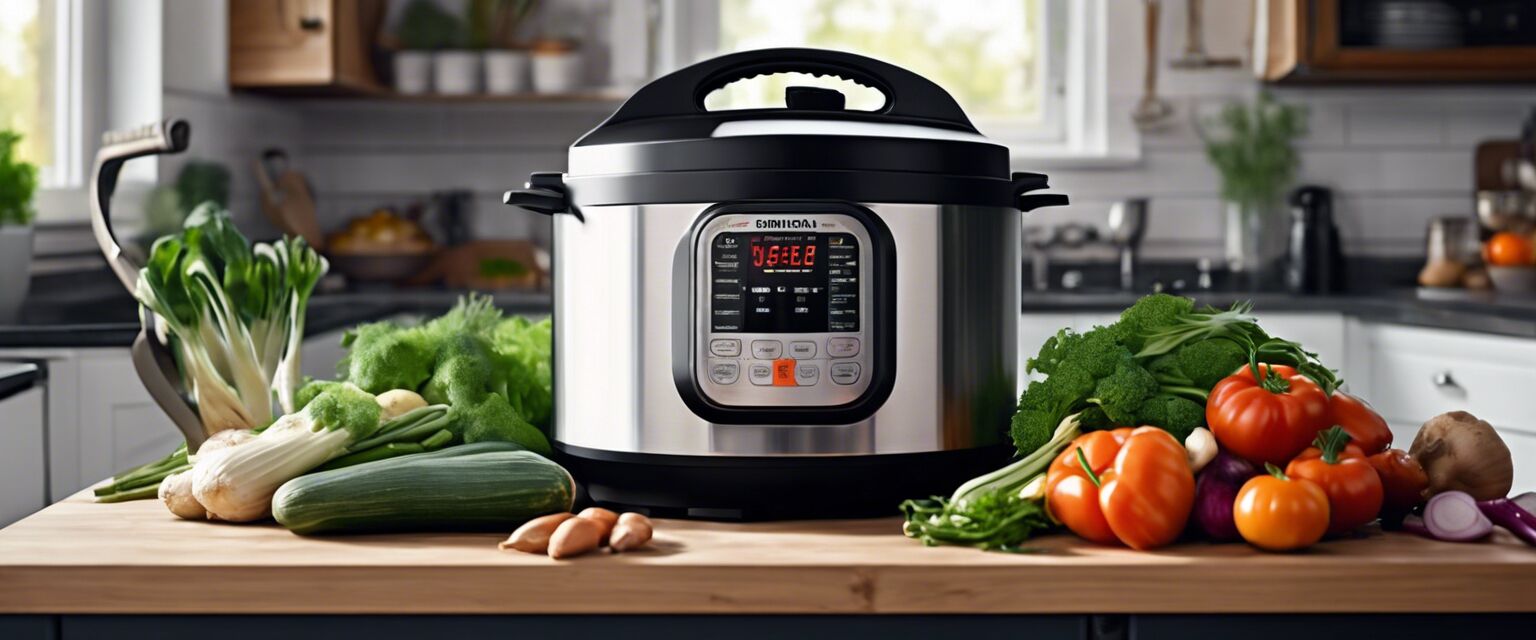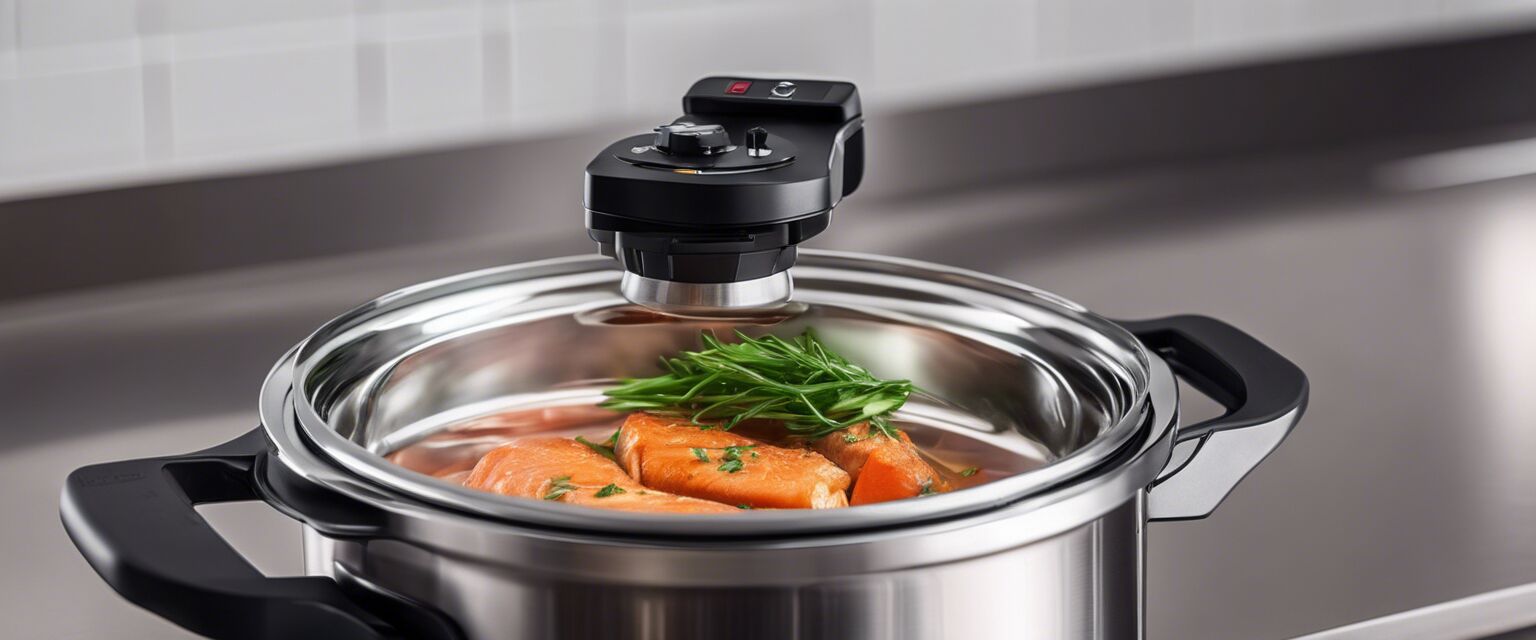
Maintenance and Safety: Essential guide on how to maintain and safely use your pressure cooker
Key Takeaways
- Regular maintenance of your pressure cooker ensures longevity and safety.
- Understanding safety features is crucial to preventing accidents.
- Cleaning methods vary by material â know your pressure cooker.
- Proper storage extends your cookware's lifespan.
- Know emergency protocols and how to address them.
Pressure cookers are fantastic kitchen appliances that help us create delicious meals in a fraction of the time it would take using traditional cooking methods. However, like any tools, they require proper maintenance and safe handling to function effectively. This article serves as your essential guide to maintaining and safely using your pressure cooker.
Understanding Your Pressure Cooker
Before diving into maintenance and safety, itâs important to understand the components of your pressure cooker. Here are some common parts:
| Part | Description | Importance |
|---|---|---|
| Lid | Seals the pressure inside the cooker. | Critical for safety and cooking efficiency. |
| Sealing Ring | Provides a tight seal to lock in steam. | Needs regular replacement for optimal performance. |
| Pressure Regulator | Maintains consistent pressure during cooking. | Essential for accurate cooking times. |
| Steam Release Valve | Controls the release of steam after cooking. | Important for safety and pressure management. |
Proper Maintenance of Your Pressure Cooker
1. Regular Inspection
Regularly check all parts of your pressure cooker for wear and tear. Pay special attention to:
- Sealing rings: Replace if cracked or worn.
- Valves: Ensure they are clear of debris.
- Lid: Ensure it closes securely.
2. Cleaning Procedures
Cleaning your cooker varies depending on the material. Here are some effective cleaning tips:
Tips for cleaning your pressure cooker
- For stainless steel, use a mixture of vinegar and baking soda for tough stains.
- For non-stick surfaces, use a soft sponge to avoid scratches.
- Rinse all components thoroughly with warm water after each use.
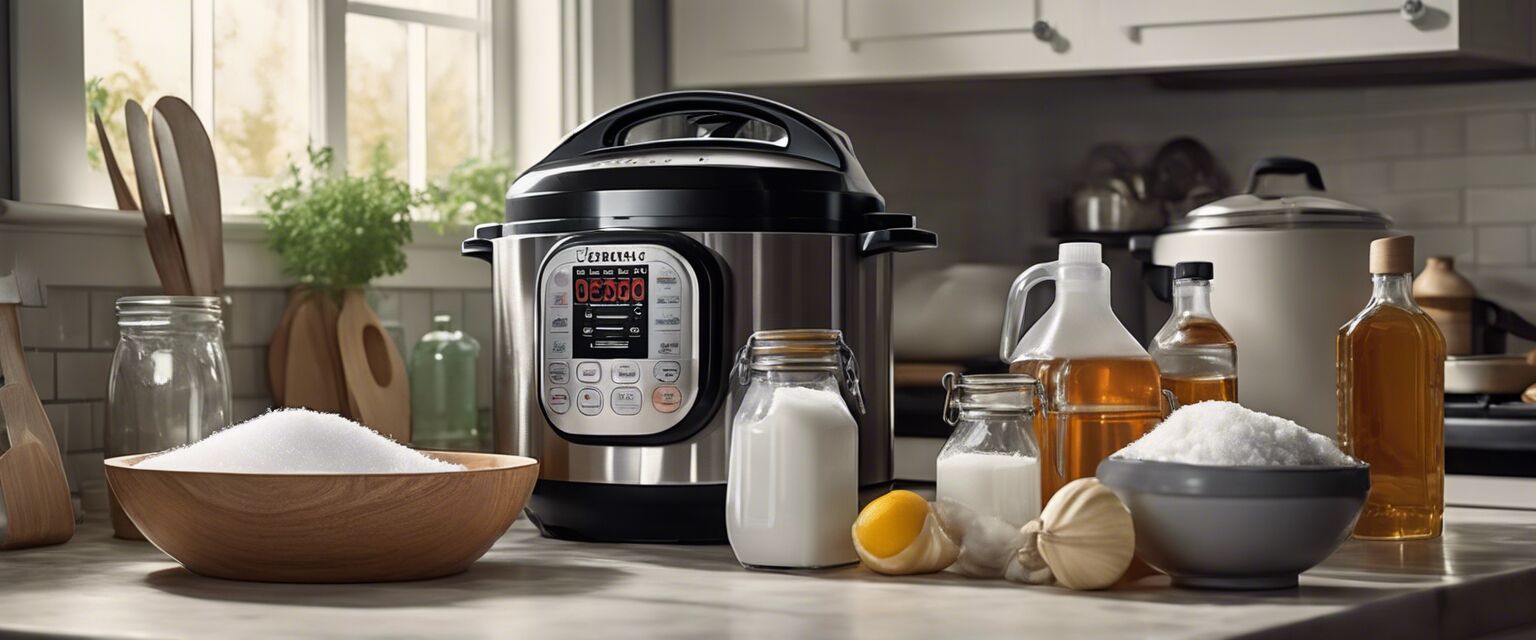
3. Storing Your Pressure Cooker
Proper storage can help prolong the lifespan of your pressure cooker. Hereâs how:
- Store in a cool, dry place.
- Remove the sealing ring to prevent odors.
- Keep valves and lids ajar to allow airflow.
Pressure Cooker Safety Tips
1. Read the Manual
Before using your pressure cooker for the first time, read the ownerâs manual thoroughly. Understand the safety features, including:
- Pressure indicators
- Emergency release mechanisms
2. Avoid Overfilling
Overfilling can lead to unexpected pressure build-up. Always follow these guidelines:
| Food Type | Maximum Fill Level |
|---|---|
| Solid Foods | 2/3 Full |
| Liquids | 1/2 Full |
| Foamy Foods | 1/2 Full |
3. Proper Pressure Release Techniques
Release the pressure according to the type of food you are cooking:
- Quick Release: For delicate foods like vegetables.
- Natural Release: For meats and beans to tenderize effectively.
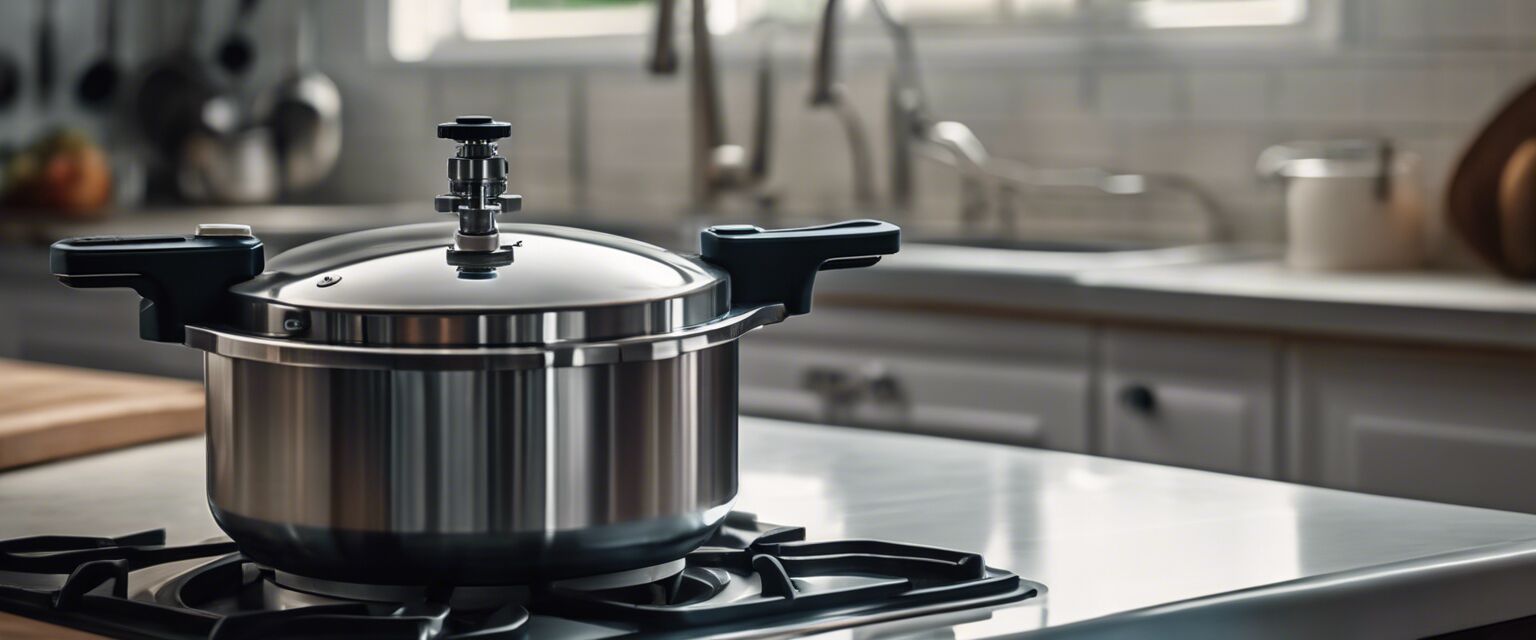
4. Know Emergency Procedures
In case of emergency, keep the following information handy:
- When in doubt, do not attempt to open the pressure cooker immediately.
- Refer to your manual for emergency release instructions.
- Seek professional help if there is an issue you cannot resolve.
5. Training and Experience
If you are new to pressure cooking, consider reading some safety tips or watching tutorial videos to build your confidence.
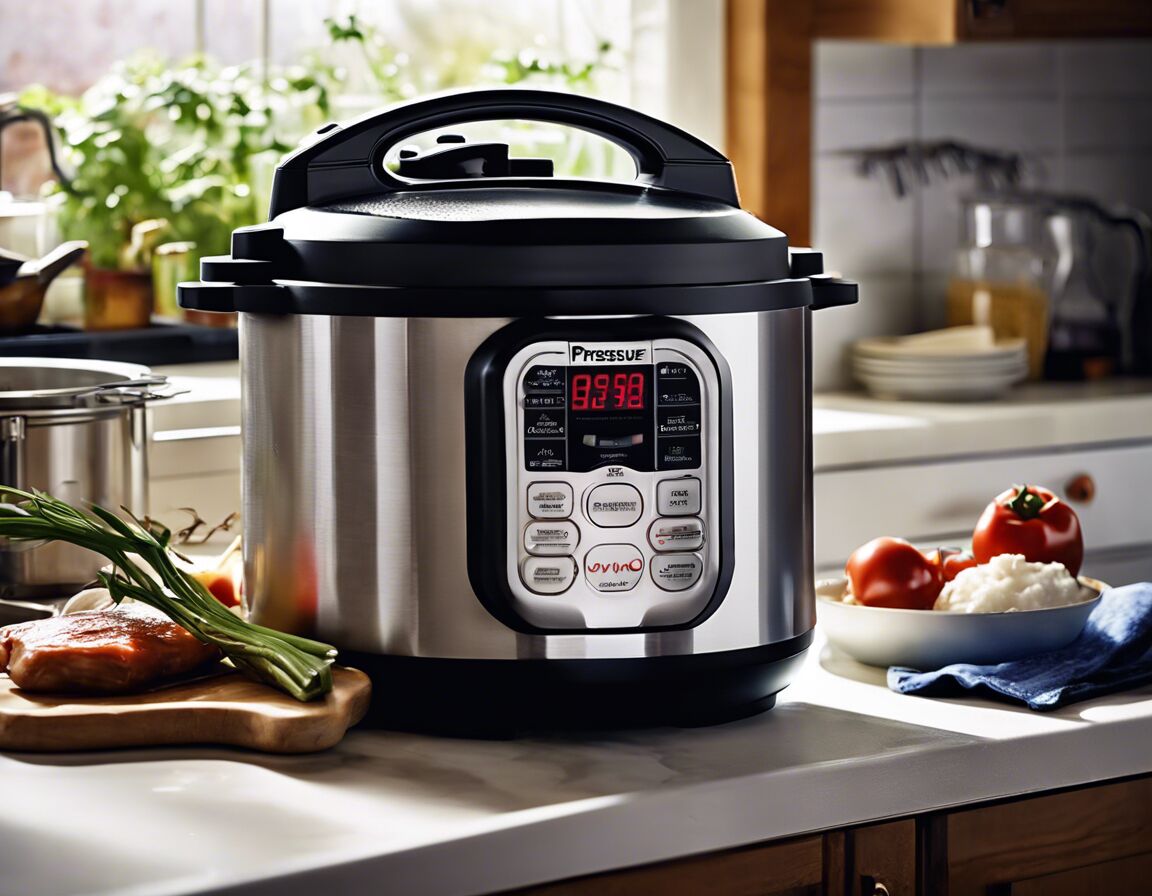
Conclusion
By taking the time to properly maintain and safely use your pressure cooker, you can enjoy hassle-free cooking for years to come. Remember to inspect all components regularly, clean them thoroughly, and understand the safety features fully. With these practices, you can create delicious meals safely and efficiently.
Pros
- Significantly reduces cooking time.
- Preserves nutrients in food.
- Ability to prepare multiple dishes simultaneously.
- Energy-efficient compared to traditional cooking methods.
Cons
- Can be intimidating for new users.
- Possible risk if not maintained properly.
- Requires learning proper techniques.
